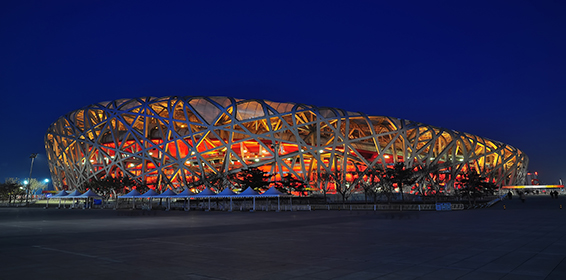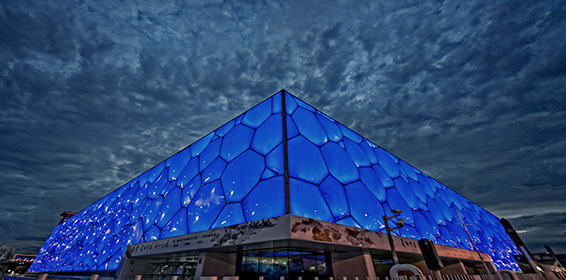About Beijing
Beijing is the capital of the People's Republic of China. With over 21 million residents, Beijing is the world's most populous national capital city as well as China's second largest city after Shanghai.It is located in Northern China, and is governed as a municipality under the direct administration of the State Council with 16 urban, suburban, and rural districts. Beijing is mostly surrounded by Hebei Province with the exception of neighboring Tianjin to the southeast; together, the three divisions form the Jingjinji megalopolis and the national capital region of China.
Beijing is a global city and one of the world's leading centres for culture, diplomacy, politics, finance, business and economics, education, research, language, tourism, media, sport, science and technology and transportation. As a megacity, Beijing is the second largest Chinese city by urban population after Shanghai. It is home to the headquarters of most of China's largest state-owned companies and houses the largest number of Fortune Global 500 companies in the world, as well as the world's four biggest financial institutions by total assets. It is also a major hub for the national highway, expressway, railway, and high-speed rail networks. The Beijing Capital International Airport has been the second busiest in the world by passenger traffic (Asia's busiest) since 2010, and, as of 2016, the city's subway network is the busiest and second longest in the world. The Beijing Daxing International Airport, which is the second international airport in Beijing, is the largest single-structure airport terminal in the world.
The Top 12 Must-See Attractions in Beijing
1. The Forbidden City
The Forbidden City was for almost five centuries the palatial heart of China. Constructed in 1420, it is China's best-preserved imperial palace, and the largest ancient palatial structure in the world. It is also a magnificent treasure trove, which holds more than a million rare and valuable works of art. The collection includes ceramics, paintings, calligraphy, bronzes, timepieces, jade pieces, ancient books, and historical documents.
There, you can witness the grand architecture, learn about China's royal culture inside the city walls, and appreciate the precious treasures of the royal court.
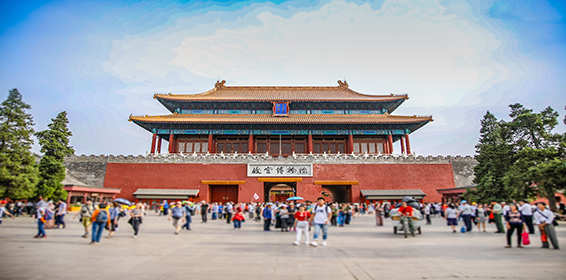
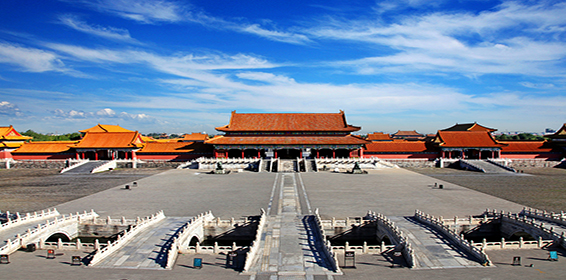
2. The Great Wall of China
The Great Wall of China is one of the greatest sights in the world. Over 6,000 km (4,000 miles) long, its winding path over rugged country and steep mountains takes in some great scenery.The most popular Great Wall sections are in the mountains north of Beijing:
▶ The Mutianyu Great Wall section (2 hours' driving from the center of Beijing): With less crowding and children-friendly facilities, it is the most popular section among foreign travelers. You can take the cable cars up/down, and the "toboggan" ride down is great fun, suitable for both adults and children.
▶ The Badaling Great Wall section (1½ hours' driving from the center of Beijing) is a restored Great Wall section that is somewhat disabled-friendly, there are lifts and elevators available to get onto one part of the Wall. It is very popular among Chinese tourist groups, hence it's the most crowded by far.
▶ Jinshanling Great Wall section (3 hours' driving from the center of Beijing) is regarded as the most photogenic and most beautiful section of the Great Wall, replete with many original features. It is the photographers' favorite. As it is further from Beijing, it has fewer crowds.
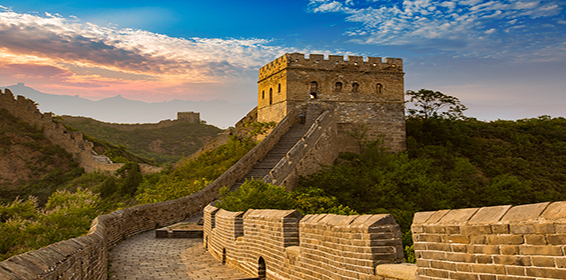
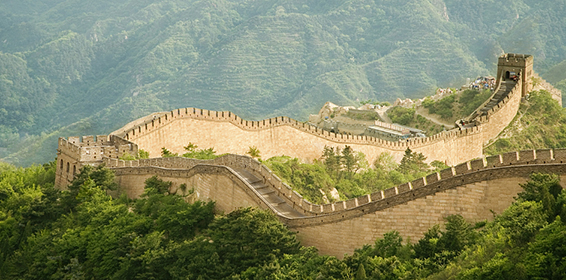
3. The Temple of Heaven
The Temple of Heaven is an imperial worship site where emperors of the Ming and Qing dynasties took part in annual ceremonies to pray for a good harvest for the next year. The annual sacrificial ceremonies at the Temple of Heaven were the emperors' most important religious and political activities.
The Circular Mound Altar and The Hall of Prayer for Good Harvests are the must-see highlights, you can learn about the culture of heaven worship, architectural geomancy, and the medieval China's sacrificial rites.
Nowadays, the Temple of Heaven stands in a public park that is full of life. In the morning lots of local elderly people meet there to sing, exercise and do tai chi. The park is south of Central Beijing, about 15 minutes south of the Forbidden City by car.
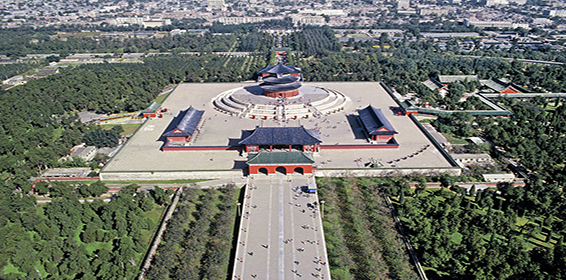
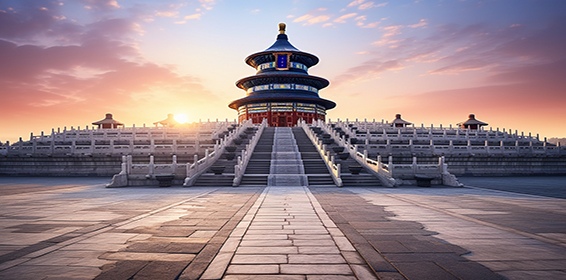
4. The Summer Palace
The Summer Palace is 15 kilometers (9 miles) from downtown Beijing. It was a summer retreat for the royal family of the Qing Dynasty (1644–1912). It is also the largest and best-preserved imperial garden in China, with famous landscaped views and cultural points of interest. The Summer Palace has greatly influenced Chinese horticulture and landscape gardening.
The Long Corridor in the Summer Palace gardens is the most notable sight, with every on beam decorated with colorful paintings — more than 14,000 in total. You can stroll around it and listen to tales described by the paintings.
Tip: If you have plenty of time for a visit and do not mind waiting in line for a while, relaxing on a boat on Kunming Lake is a highly recommended activity.
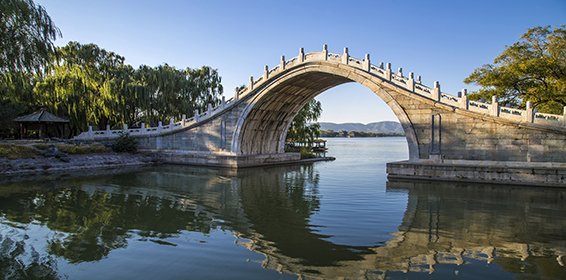
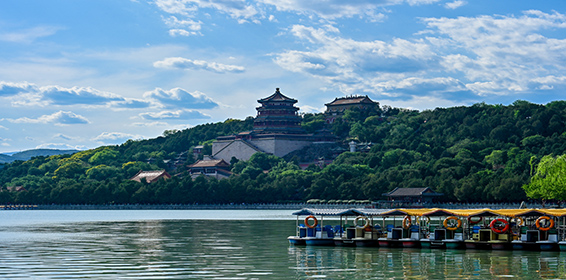
5. The Hutongs
With over 700 years of history, the hutongs represent an important stage in the development and evolution of Beijing's history and culture. They showcase the traditional daily life of ordinary people in Beijing and give a glimpse of old Beijing as it was.
Of all the hundreds of hutongs in Beijing, Tobacco Pouch Street and Nanlougu Hutong are two of the most famous and interesting hutongs that stand out from the rest. Both streets preserve the character of a commoners' street in Beijing and highlight some of the city's traditional customs.In the hutongs, you can hop on a rickshaw to ride through the narrow alleys, appreciate the well-preserved courtyard residences and their long histories, sample great street food, experience local handicrafts, do a cooking class.
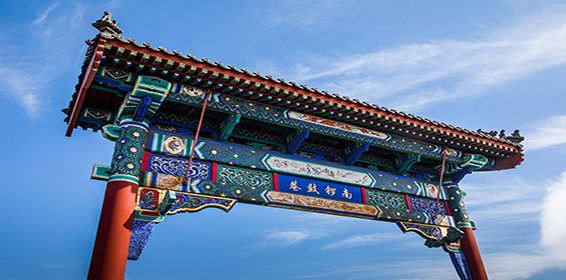
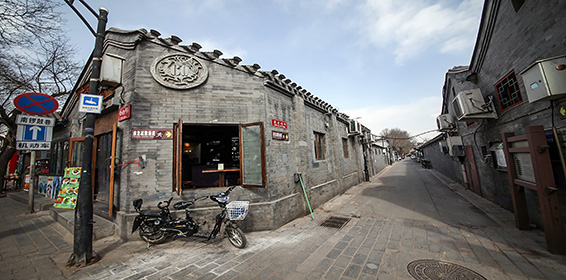
6. Lama Temple
Yonghegong ('Harmony Temple') in Chinese, Lama Temple is one of the most famous Tibetan Buddhist lamaseries outside Tibet. Today, it is not only a museum of Tibetan Buddhism but also a functioning temple where people pray.
This temple was formed from a royal palace conversion. Its buildings are a combination of imperial Qing and Tibet style. While visiting, you will not only able to get a rough understanding of Tibetan Buddhism, but also you can appreciate wonderful architecture and a variety of Buddhist statues, especially the 18-meter (59-foot) high Maitreya Buddha in Wanfu Pavilion. It was carved from one precious white sandalwood log from Nepal.
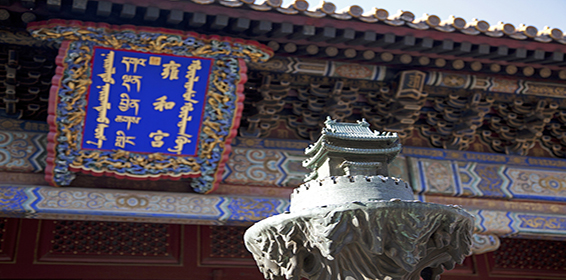
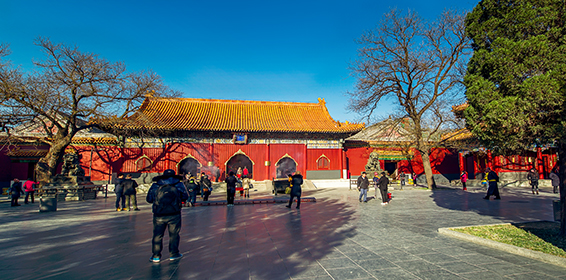
7. Gubei Water Town
Gubei Water Town is a large resort and town in traditional Chinese style that nestles below the Simatai Great Wall section. Its buildings have been built in the traditional Beijing courtyard style. It boasts a combination of mountain views, quaint waterways, and ancient village ambience.
An overnight stay in the water town is highly recommended, which will offer you an opportunity to enjoy the stunning night views of the tastefully-lit and cable-car-accessed Simatai section of the Great Wall.
There are 5-star hotels/resorts and hundreds of economical inns, which cater to different tastes and interests. Do not miss the natural mineral hot spring experience there. When you check in, most hotels will give you complimentary vouchers for one of the springs in Gubei Water Town.
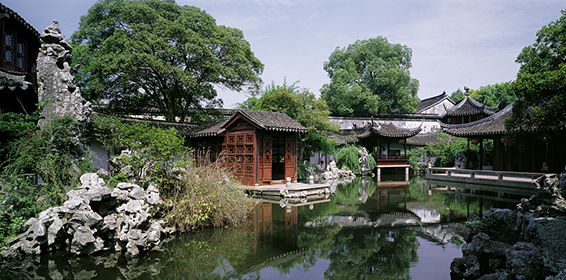
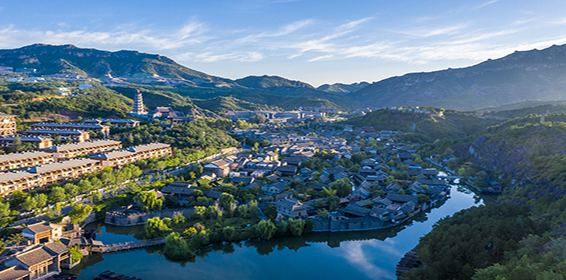
8. Tian'anmen Square
Tian'anmen Square is the largest famous city square. In the center of Beijing, it sits to the south of the Forbidden City. Tian'anmen Square is very symbolic for Chinese people, as it was the site of several key events in Chinese history, such as the founding of the People's Republic of China in 1949.
Nowadays, it is still the most significant square in China, where grand ceremonies and National Day anniversary parades are held.
Each morning, the flag-raising ceremony is held at sunrise, which is open to the public most of the time. On the night before Chinese National Day, many Chinese even sit up near the square for a whole night just to watch the flag being raised the next morning. Join us to witness this solemn ceremony in Beijing.
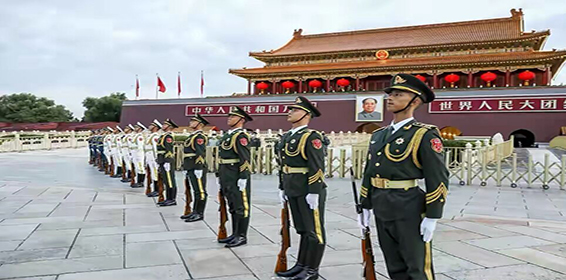
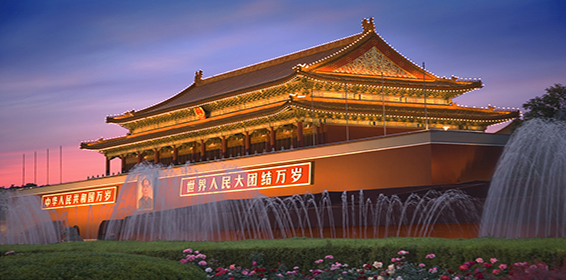
9. The Ming Tombs
The Ming Tombs is where 13 out of the 16 emperors of the Ming Dynasty (1367–1644) were buried (along with 23 empresses and several concubines, princes, and princesses). Thus, it is also known as the 'Thirteen Tombs'. It is the best-preserved Chinese imperial tombs complex and has been recognized by UNESCO as World Cultural Heritage.
Currently, only three tombs (Changling, Dingling, and Zhaoling) are open to the public. Leading to the tombs, the Sacred Way offers a reverent and interesting stroll between animal and human statues. In Changling, you can see magnificent architecture and learn about Chinese fengshui theory. The highlight of Dingling is the stone underground palace. Zhaoling stands out for its above-ground architecture.
The Ming Tombs are 50 kilometers (30 miles) from Beijing city. As the Badaling Great Wall section is not far away, the tombs are usually visited as part of a Great Wall day trip.
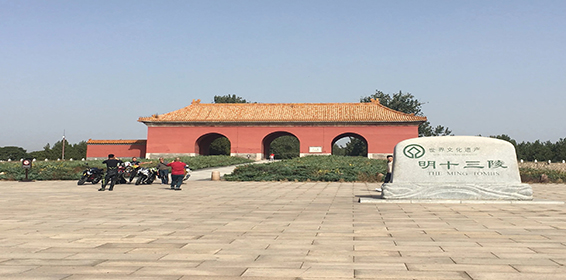
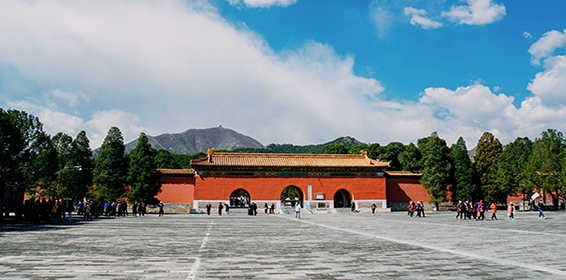
10. Jingshan Park
Jingshan Park used to be a part of the Forbidden City. Its front gate faces the north gate of the Forbidden City.
The hill in the park is the highest point in Beijing City (apart from the modern tower buildings), made with the earth removed to create the palace moat. It is well worth a climb on a clear day for a panoramic view of the Forbidden City and Beijing. The path to the top of the hill is a little steep, and may not be suitable for seniors or those who have difficulty with hundreds of steps.The park is also a place to experience local culture, as many local people go there to play interesting traditional instruments etc. every day.
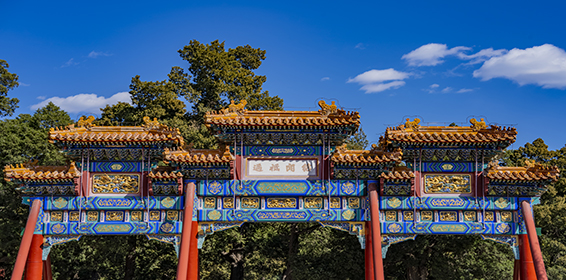
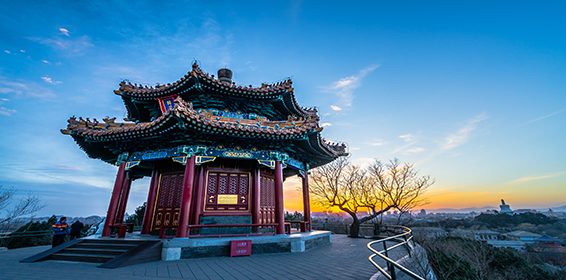
11. Beijing Olympic Park
Beijing Olympic Park is a spacious park built for the 2008 Beijing Olympic Games. It contains the main venues used during the 2008 Olympics and Paralympic Games, The Bird's Nest and the Water Cube are the outstanding highlights of this park, which has become a landmark of Beijing.
▶ The Bird's Nest Stadium: Its outer shell is the world's largest steel structure, forming part of the most complex Olympic stadium ever constructed. The opening and closing ceremonies for the 2022 Beijing Winter Olympics were held there.
▶ The Water Cube: It was the venue for the 2008 Olympic swimming and diving competitions, and continues to host events. It got its name due to its huge blue cube structure with a soap bubble design. At night, it turns into a glowing blue cube alongside the fiery red National Stadium. It is to be the curling venue for the 2022 Beijing Winter Olympics.
